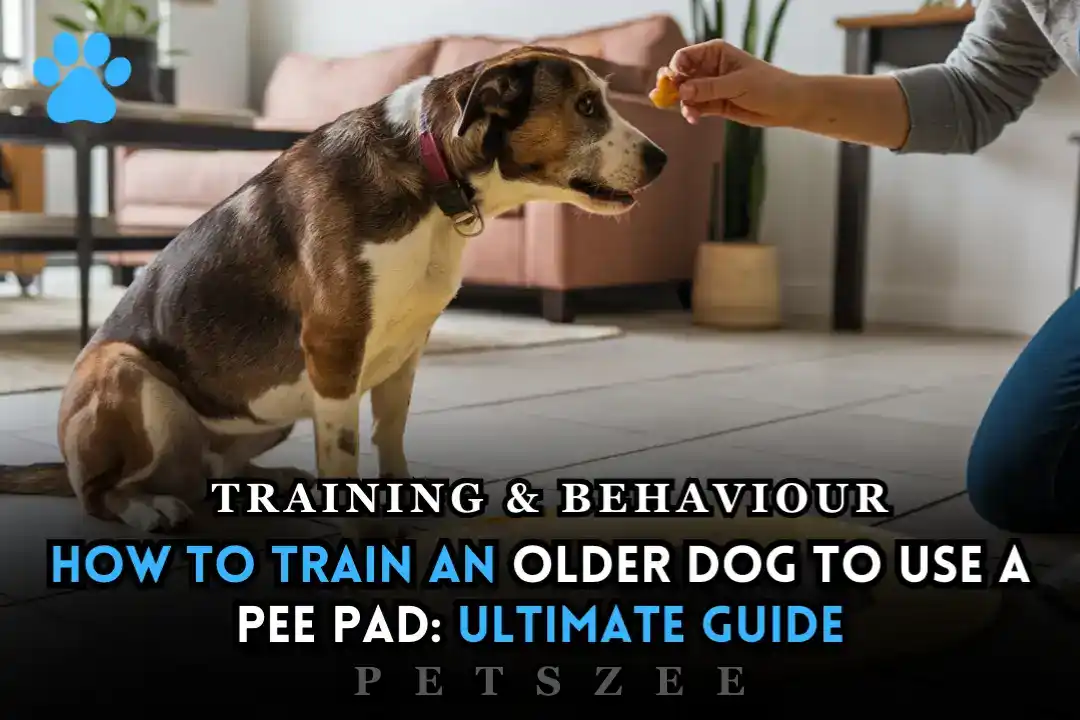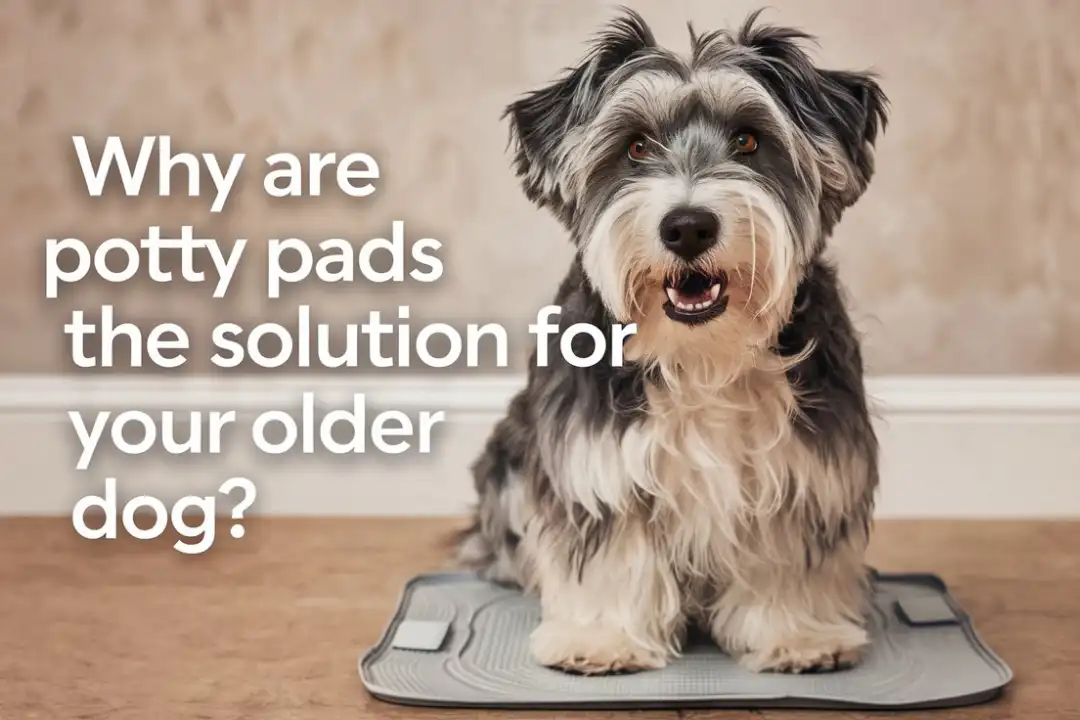As our furry friends get older, they can face some challenges like incontinence or trouble with urination. Senior dogs, much like puppies, might find it tough to go outside due to health or medical conditions or even mobility issues. Training an older dog to use pee pads is a simple and effective solution to keep your house clean and hygienic.
Luckily, Contrary to popular belief, it’s not that hard to teach an old dog new tricks. With the right dog pads, you can make this process easier. Pee pads are a handy and convenient option for when your senior dog needs to go but can’t make it outside in time. So, let’s dive into a step-by-step guide on how to get your senior dog accustomed to these pads.
How to Train an Older Dog to Use a Pee Pad
Choose the Right Pee Pads
When training your older dog , choosing between disposable and reusable pee pads can be an important decision. Each type has its own benefits that might suit your senior dog’s needs and your lifestyle.
Disposable Pee Pads
Reusable Pee Pads
On the other hand, reusable pee pads are an environmentally friendly choice. They are eco-friendly, allowing you to wash and reuse them, which can reduce waste and be more cost-effective in the long run.
When I switched my Labrador, Max, to these reusable pads, I noticed they needed regular washing to maintain cleanliness, but the comfort they provided him and the waste reduction were clear wins. Regular washing keeps them fresh and hygienic, making them a practical choice for my home and my conscience.
Setting Up a Schedule for Pee Pad Training
Supervise your dog closely and redirect them to the pee pad if they have an accident.. A playpen or a circular area with the pee pads can help in keeping the pads available and in sight. This approach makes the training process smoother and helps your dog understand where it’s okay to pee.
Designate a Pee Pad Area
Keeping Your Dog Confined at First
It helps to keep them confined to a room with the pad at first. This helps your dog recognize the pee pad as their potty spot and get accustomed to using it. By keeping them in this one place, they will learn where they should go to relieve themselves.
Make sure the pee pad is easily accessible and watch for signs like sniffing or pawing to read their interest. This method will help your dog acclimate to their new potty routine and make the training process smoother.
Teaching Your Dog a Cue for Peeing and Pooing
When training your older dog to use Potty Pads, it’s helpful to teach them verbal cues like “go potty,” “go pee,” or “use the pad.” These commands help your dog know when it’s time to use the pee pad. Each time your dog relieves themselves on the pad, repeat the cue and give them a reward. This will help your dog associate the commands with using the potty pad and learn to follow the cue when they need to pee or poo.
Using Positive Reinforcement to Train Your Dog
Positive reinforcement is very important. Every time your dog urinate or poo on the pee pad, give them praise and a reward right away. This could be a treat, a belly rub, or some attention. According to the Animal Control Center Org( NAFC) , positive reinforcement is a key tool in helping dogs learn good behaviors. It helps your dog understand that using the designated area is a good thing.
I focused on encouraging her with praise and rewards when she eliminated in the right spot. Consistency in using verbal cues and rewards helped shape her behavior, making potty training a more pleasant experience for both of us.



